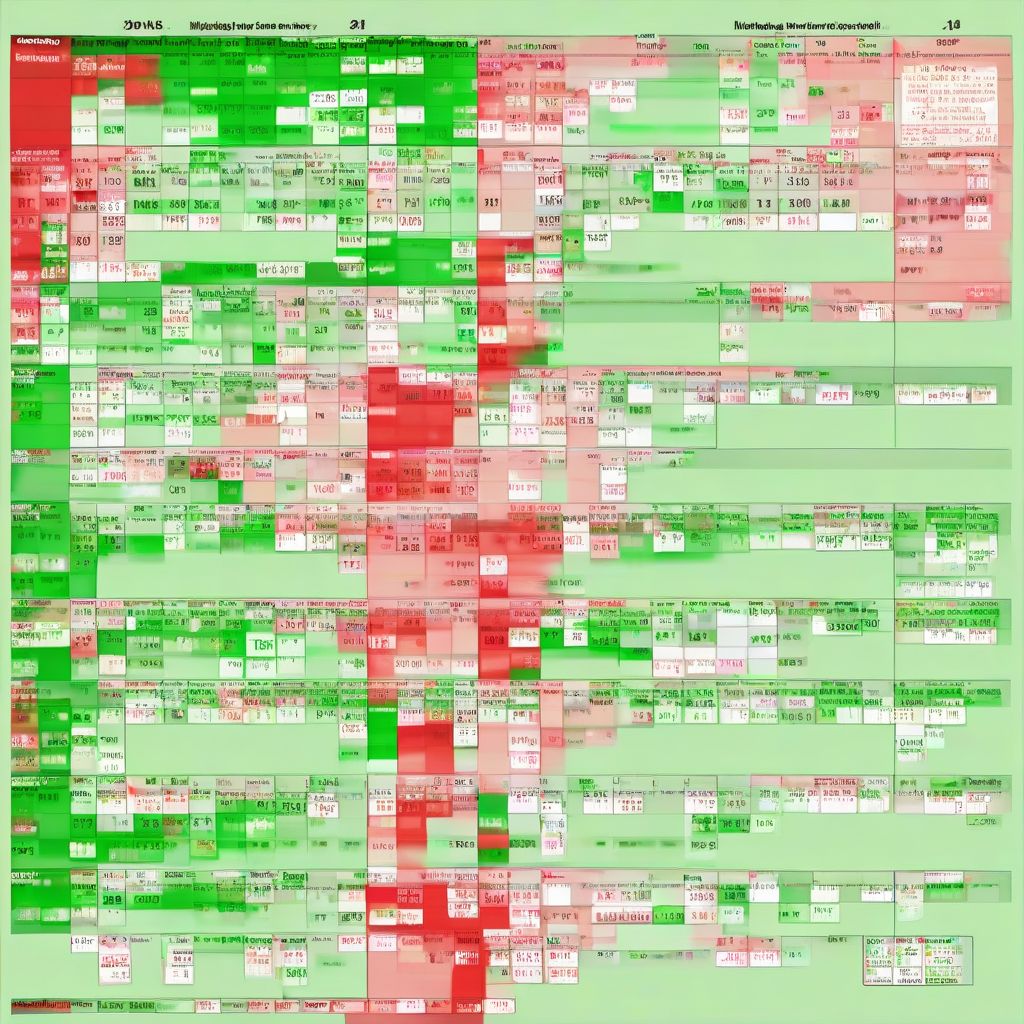Have you ever wondered how many trading days are actually in a year? It’s not as simple as looking at a calendar. “Trading Days Per Year” is a crucial concept for investors, traders, and financial analysts alike. Understanding this number can significantly impact investment strategies, market analysis, and even business decisions.
This comprehensive guide will delve into the intricacies of trading days, exploring its definition, importance, and answering some frequently asked questions.
What are Trading Days?
A trading day refers to any day when financial markets are open for trading. This typically includes weekdays (Monday to Friday) and excludes weekends (Saturday and Sunday) and public holidays when exchanges are closed.
Why are Trading Days Per Year Important?
Knowing the number of trading days is crucial for various reasons:
- Investment Strategy: Investors use this information to plan their trades, estimate potential returns, and manage risk over specific periods.
- Market Analysis: Analysts factor in trading days when evaluating market performance, comparing data across different periods, and identifying seasonal trends.
- Business Decisions: Businesses, especially those in finance and related sectors, utilize this information for forecasting, budgeting, and making informed operational decisions.
How Many Trading Days are in a Year?
The number of trading days in a year is not static and can vary based on the country, exchange, and specific year. However, a general guideline is:
- United States: The US stock market typically has 252 trading days per year.
- Other Markets: While similar, the number can slightly differ in other global markets due to variations in holidays and exchange schedules.
Factors Affecting Trading Days:
- Public Holidays: Each country observes different public holidays. For example, the US stock market closes for holidays like New Year’s Day, Martin Luther King Jr. Day, and Christmas Day.
- Weekend Variations: While most countries follow Saturday and Sunday as weekends, some regions may have different weekend structures, impacting trading days.
- Exchange-Specific Closures: Occasionally, stock exchanges may close for unforeseen circumstances like technical issues or emergencies.
Frequently Asked Questions about Trading Days:
How do I find the exact number of trading days for a specific year and market?
You can find this information on financial websites like Bloomberg, Yahoo Finance, or the specific exchange’s website. Many also offer historical calendars outlining trading days for past years.
Are there fewer trading days in a leap year?
No, a leap year doesn’t directly affect the number of trading days. While it adds a day to the calendar year, trading days are primarily determined by weekdays and holidays observed by financial markets.
Does pre-market and after-hours trading count as a trading day?
No, pre-market and after-hours trading sessions fall outside the regular trading day and don’t contribute to the total count of trading days.
trading.juneglow.vn/wp-content/uploads/2024/07/trading-days-calendar-66a1da.jpg" alt="Trading Days Calendar" width="1024" height="1024">Trading Days Calendar
Conclusion
Understanding the concept of trading days per year is vital for anyone involved in financial markets. By grasping its nuances and impact, investors, analysts, and businesses can make more informed decisions and navigate the complexities of the financial world effectively. Remember to always refer to accurate sources and consider the specific market and year when making calculations or analysis based on trading days.
We encourage you to share your thoughts, questions, and experiences related to trading days in the comments section below. Let’s learn and grow together in our understanding of the financial markets.
